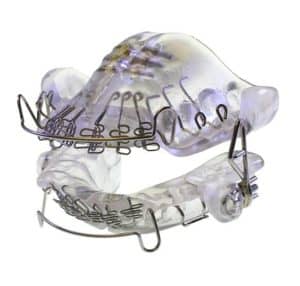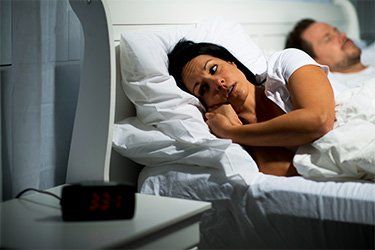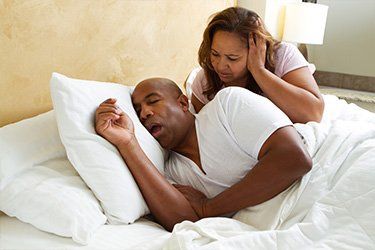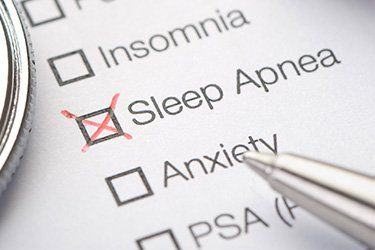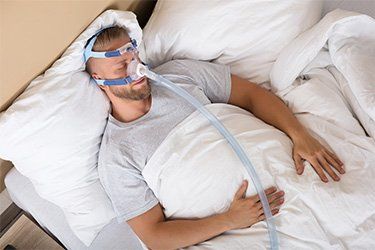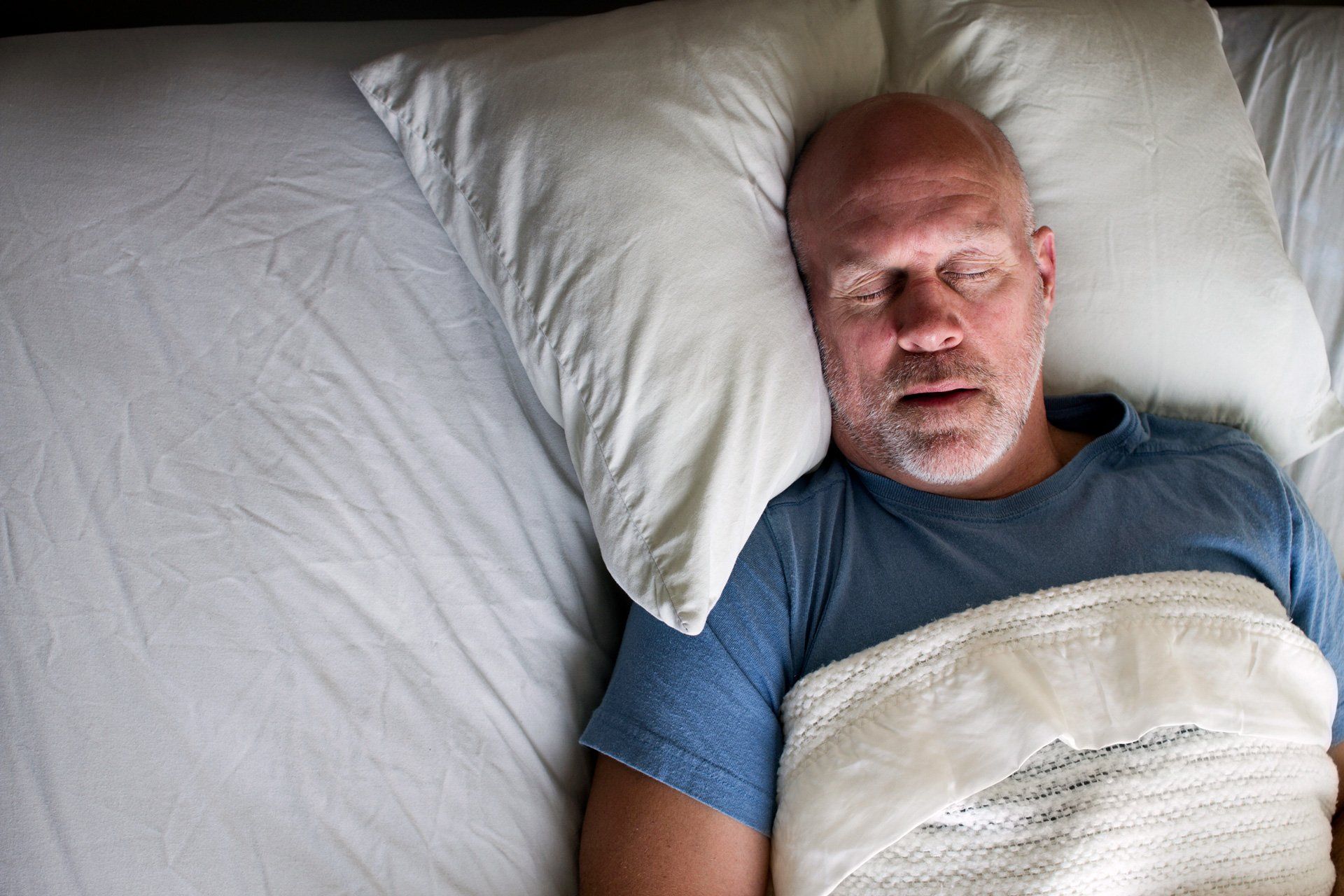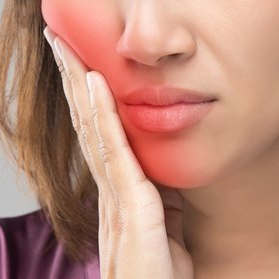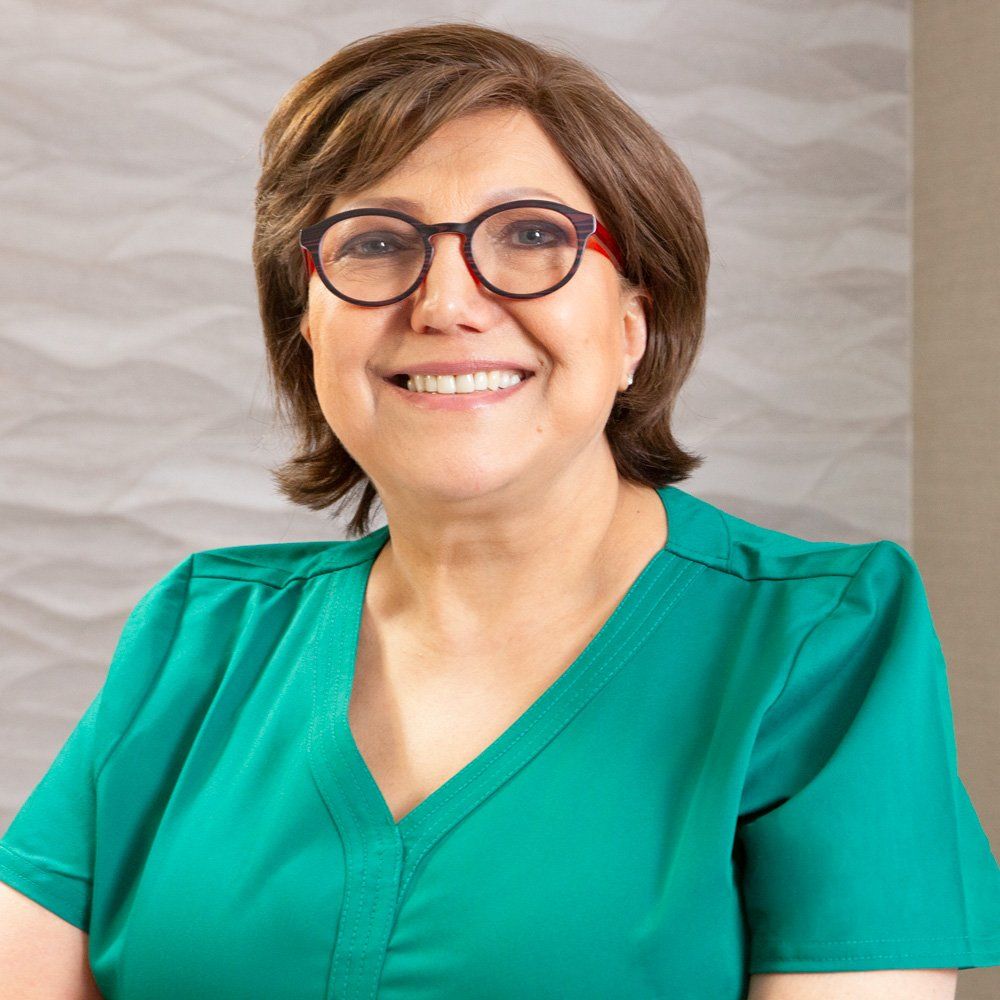Obstructive sleep apnea is such a widespread problem that there is a seemingly endless list of remedies offered by various health practitioners. There are dozens of different types of oral appliances offered by dentists that attempt to move the lower jaw into a better position to allow more air to flow to the lungs. Surgeons perform nasal surgery, cut and reposition the lower jaw or cauterize tissues in the throat, all in an effort to open the airway.
The list doesn’t end there. There’s also a vibrating device worn on the back of the neck; mouth and throat exercises; and implants inserted into the palate. Some of these devices may improve symptoms and be tolerable to the patient, but none of them rectify the underlying situation causing apnea.
It’s not surprising that when this underlying condition is finally and properly corrected, there is no more problem with obstructive sleep apnea. Finally, the cascading effects of lowered oxygenation and fractured sleep are relieved. The patient very often recovers from far more than simply sleep apnea. Their metabolic, endocrine and cardiovascular systems are no longer overly stressed. Serious health conditions like strokes, heart attacks or diabetes may be warded off.

